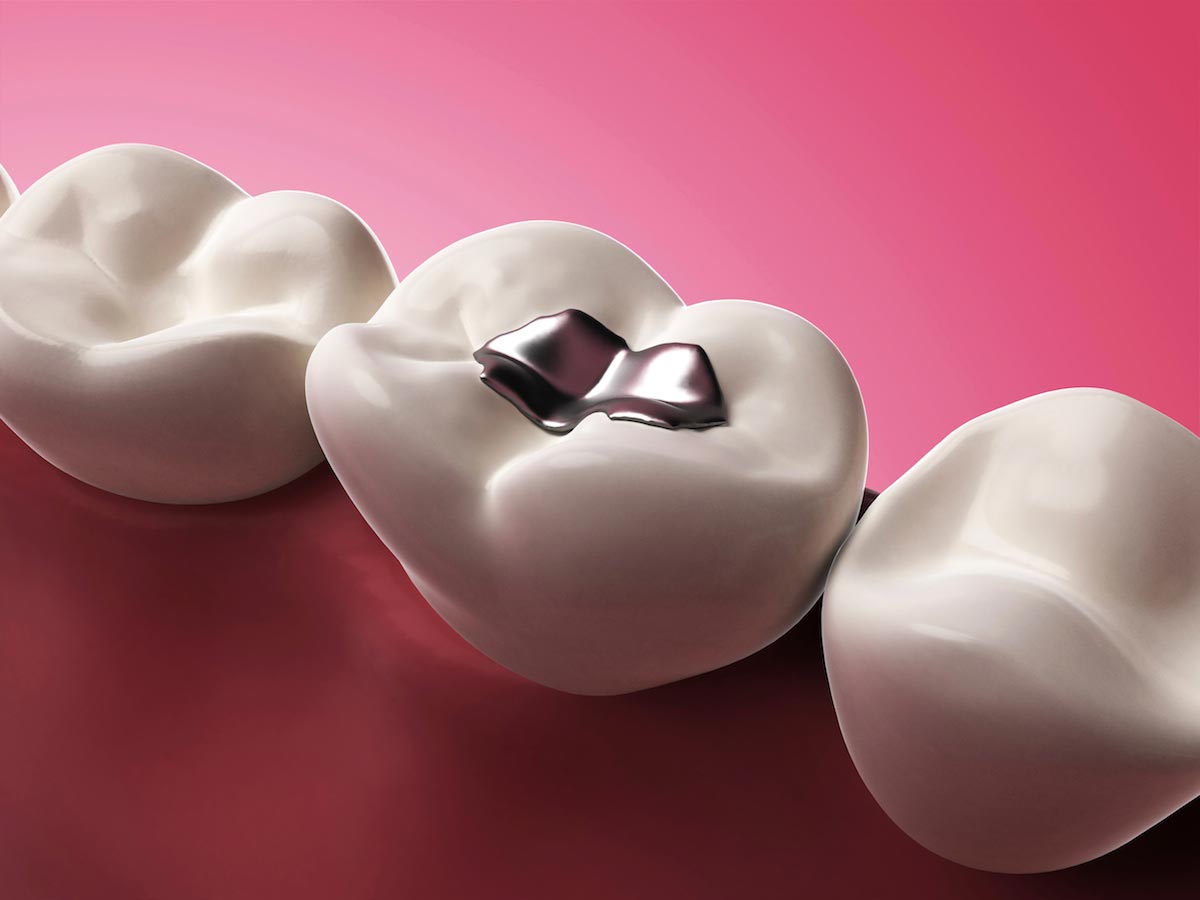Your baby might have a cleft palate if you have amalgam dental fillings
10/09/2015 / By Vicki Batts

According to a Scandinavian study, pregnant women who receive mercury amalgam dental fillings during their first trimester are more likely to give birth to children with isolated cleft palates.
In fact, the odds were quadrupled, according to a seven-year study that involved 1,336 infants. The risks were even higher among women who had fillings placed over multiple months.
Roughly two-thirds of children born with cleft palates have no family history of cleft palate. Research has suggested that there are a variety of environmental causes, and dental fillings may be one of them.
Dr. DeRoo, an epidemiologist with the National Institute of Environmental Health Sciences in Research Triangle Park, N.C., states that amalgam fillings continue to give off small amounts of vaporized, elemental mercury. Since it’s in your mouth, you inhale it unknowingly, and it can eventually make its way through the placenta and accumulate in a fetus. “Among mothers who have amalgam fillings, the number of fillings they have correlates with mercury measured in cord blood and breast milk,” Dr. DeRoo explained.
Dr. DeRoo also notes that the fetal lip and palate close between weeks 5 and 10. Months one and two are the most critical, and DeRoo states that, of all the women studied, only five had more than one filling placed during that time frame. All five children were born with cleft palate, and one was born with cleft palate and cleft lip.
The good news is that there are alternative methods to modern dentistry. You can check out holistic dentistry if mercury-related deformities and toxicity don’t quite appeal to you and you’d like to learn more.
Sources:
Tagged Under: cleft lip, cleft palate, fetal development, mercury amalgam, mercury fillings, pregnancy




















